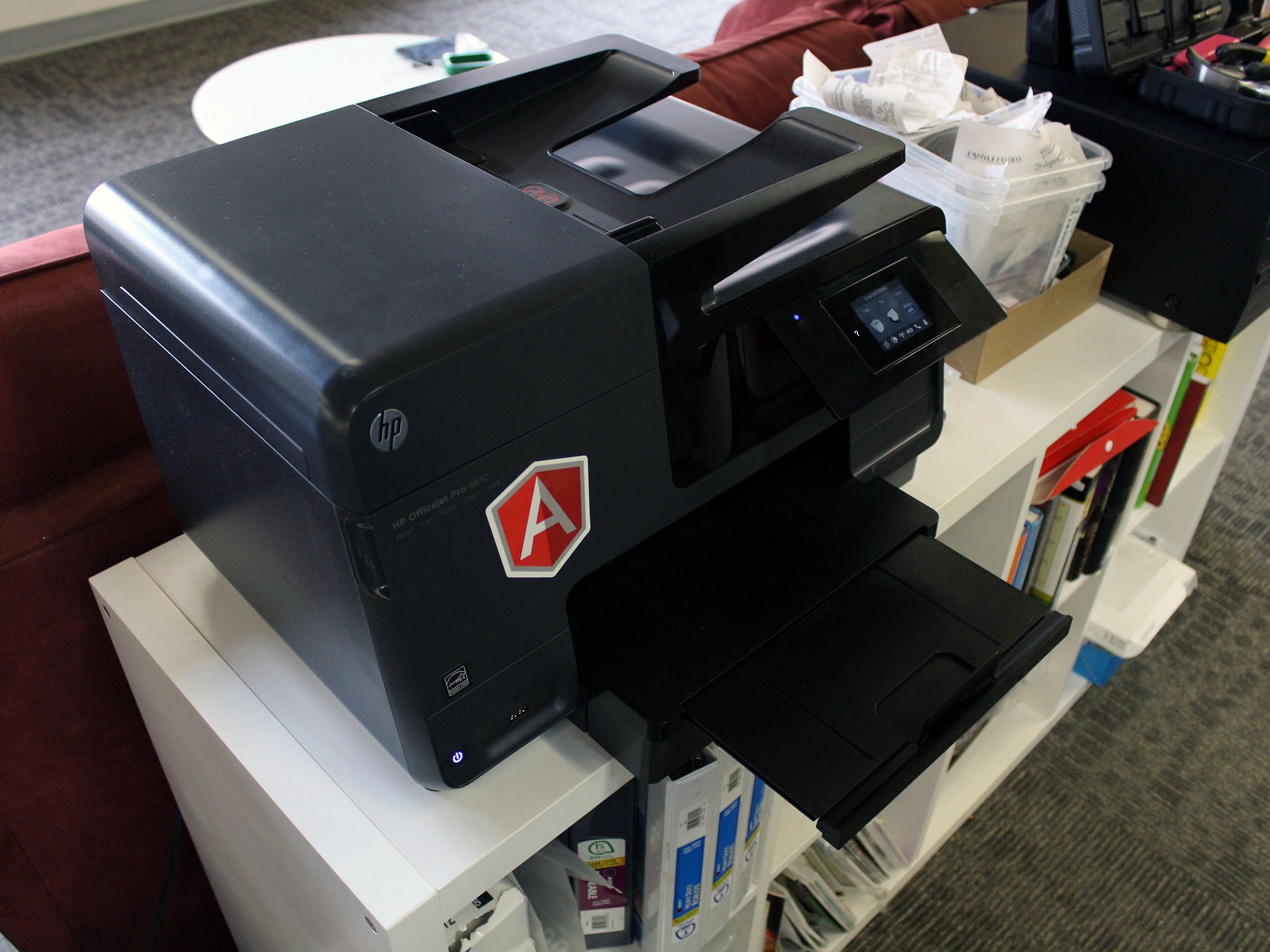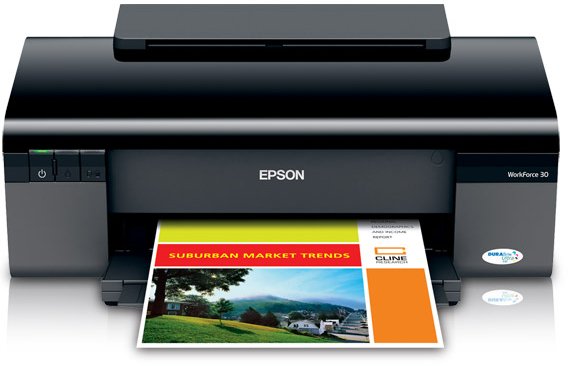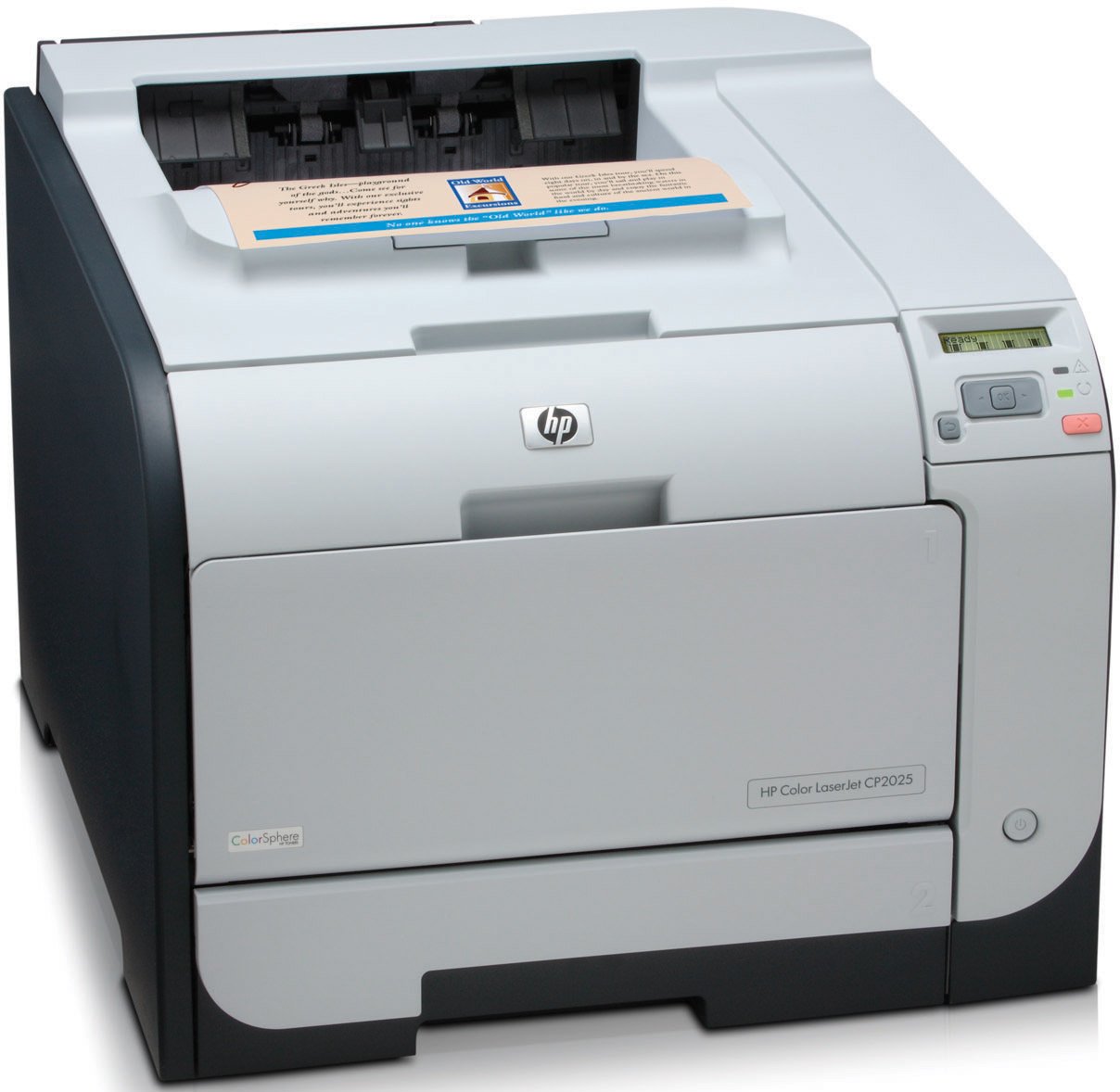Should you buy a laser printer or an inkjet printer?
Is an inkjet or laser printer better for you? Here's how to tell.

When it comes to buying a printer, the choice can be difficult. Ink. Laser. Ink. Laser. INK! LASER! Well, what's the difference? Is one better than the other? Is the cost of owning an inkjet printer really that expensive? Do you need to buy a new laser printer whenever your toner runs out?
Here's what you need to know.
Updated May 18, 2017: Added links to the best inkjet and laser printers you can buy.
- Ink printers
- Laser printers
- Which is better?
- Which one is right for you?
- What's the deal with remanufactured ink cartridges?
- Where do you find more ink?
Ink printers
Most consumer printers are what's known as drop-on-demand (DOD) printers and are divided into thermal DOD and piezoelectric DOD. From here, most home-use printers fall under the thermal DOD category, like those from Canon, HP, and Lexmark. At the end of the day, they're both inkjet printers.
Inkjet printers use hundreds of tiny guns to fire ink at the paper and every character they create is made up of dots. The dots are so tiny, you just can't see them. Thermal DOD printers and piezoelectric DOD printers have different mechanisms for firing the ink.
Thermal DOD printers
As the name might suggest, thermal DOD printers use heat to fire the ink at the paper. The print cartridges consist of a series of little chambers, which each contain a heater. An electric current is passed through the heating element, heating up each chamber, causing immediate vaporization of the ink and a pressure build-up so great that the ink fires toward the paper.
The force of the ink firing out of the chamber is so great that it pulls the next drop into the chamber, ready to fire again in rapid succession. Canon trademarks this process as "Bubble Jet," since it's a bubble of ink that bursts onto the page.
Get the Windows Central Newsletter
All the latest news, reviews, and guides for Windows and Xbox diehards.
Since there are no special materials involved in thermal DOD printers, the print heads are relatively inexpensive to manufacture compared to other inkjet technologies.
Piezoelectric DOD printers
Most commercial and industrial printers use the piezoelectric DOD method, though Epson and Brother consumer printers use this method as well. Instead of a heating element, there's a piezoelectric material inside each ink-filled chamber behind a nozzle.
Piezoelectricity is the electric charge stored within solid materials. When the material in the ink chambers gets charged up, it changes shape, causing an increase in pressure, forcing the ink out.
Since special piezoelectric materials (lead zirconium titanate) are required in the piezoelectric DOD printing process, the print heads are generally more expensive to manufacture.
Laser printers
Laser printing produces high-quality text and graphics through an electrostatic process where a laser beam is passed back and forth over a negatively charged drum, scanning the image and text directly across the printer's photoreceptor. This tells the drum to selectively collect powdered ink, also known as toner, which it then transfers to paper.
The paper is then heated to fuse the toner to it. This is known as a xerographic printing process, which means that no liquids are used.
Which is better?
Which type of printer is better for you depends on your printing needs. Laser printers are generally more expensive, but they produce more sheets, per dollar, than inkjet printers do and they're less wasteful when compared to inkjet printers.
That being said, laser printers take time to warm up and can be considerably more expensive.
Let's take a look at the pros and cons of each:
Inkjet printers

Pros
- Best for ink-heavy printing, like images and photographs.
- Do a better job of blending smooth colors than laser printers.
- Low starting cost, and ink cartridges are cheaper than toner cartridges.
- Inkjet printers can print on all different types of paper, including glossy, and can even print on some fabrics.
- There's no real warm-up time needed.
- Inkjet printers are usually smaller than laser printers and are generally easier to maintain.
- Ink cartridges can be refilled and reused.
Cons
- They're not great if you plan on printing a lot.
- Generally slow compared to laser printing.
- Inkjet ink is water-based, so it's susceptible to fading and running.
- Automatic ink cartridge cleaning wastes a lot of ink.
Laser printers

Pros
- They're generally fast.
- Less expensive when printing in high volume.
- The black text they produce is sharp and near-perfect.
Cons
- Often more expensive to purchase upfront than an inkjet printer.
- They work faster but take a while to warm up.
- Cleaning toner leaks is frustrating and time consuming.
- They can't print on any type of paper and anything sensitive to heat can't be used.
- Laser printers are usually bigger and heavier than inkjets.
Which one is right for me?
At the end of the day, it's all going to come down to your needs. If you're the average home printer user who prints the odd document here and there and maybe an image now and again, go with an inkjet printer. It'll be cheaper up front and cheaper when you go to replace ink cartridges. You can even get them refilled or buy "remanufactured" cartridges.
If you're going to be printing a lot and need your prints fast, then go with a laser printer. Or, if you have the extra cash on hand and are in need of incredibly crisp and perfect black text and high-quality graphics, go laser. Your startup cost will be more, but you'll stretch your dollar further.
Is it true that remanufactured ink cartridges suck?
For a while, it was thought that the remanufactured ink market was a shady place where good, honest, hard-working folk got fleeced. That's really not the case anymore.
Remanufactured printer cartridges are sent to manufacturers that restock the ink, fix any parts that aren't working optically, and perform a quality test. Recycled ink cartridges are generally less expensive because sellers can set their own prices for the cartridges. And hey, you help the environment when you buy recycled products.
All that being said, do your research. Quality might not be consistent among manufacturers, and there are probably a few duds in the mix. Double-check warranties, ask if their quality tests are certified and make sure their cartridges meet the original manufacturer standards. Just because remanufactured cartridges are recycled doesn't mean they're going to damage your print head or cause other havoc for your printer.
Where do I find more ink?
Having trouble finding ink for your printer? Amazon and Staples have handy tools to help you find the ink or toner you need.
What do you use?
Are you a laser or inkjet printer user? Do you feel like you made the right choice? Sound off in the comments.
Mike is a staff writer at Mobile Nations and fancies himself a musician and comedian. Keep dreaming, Mike.

